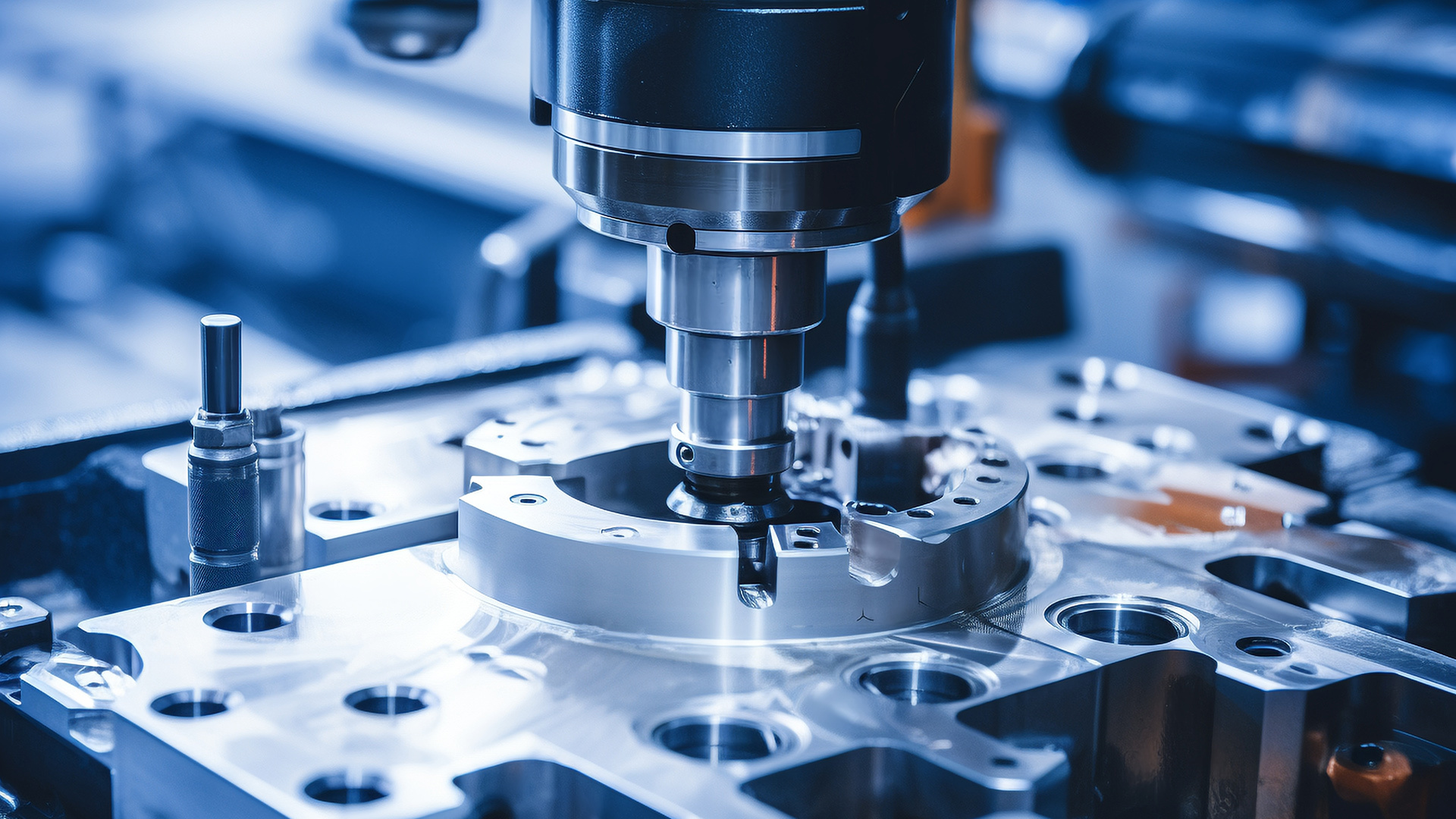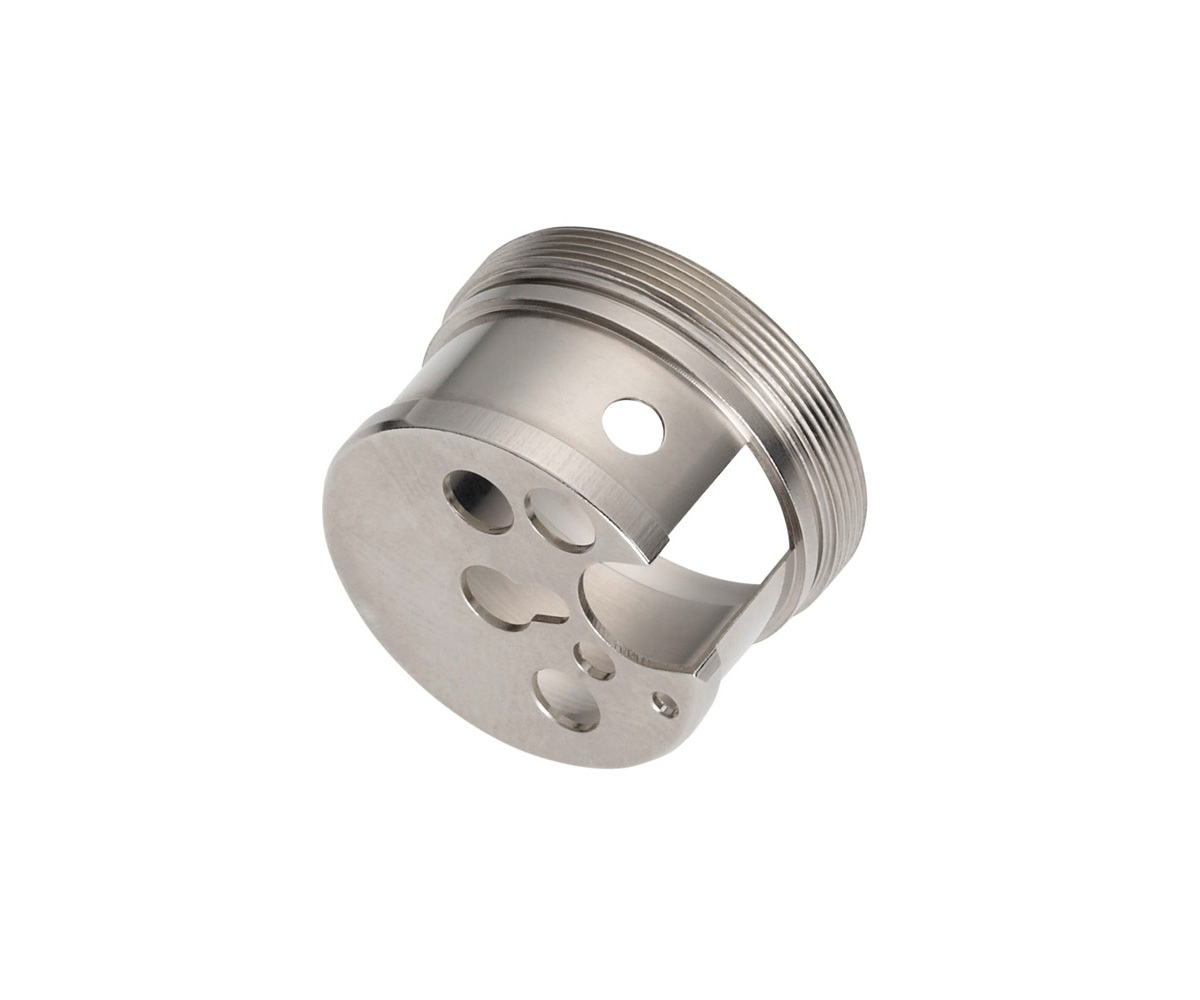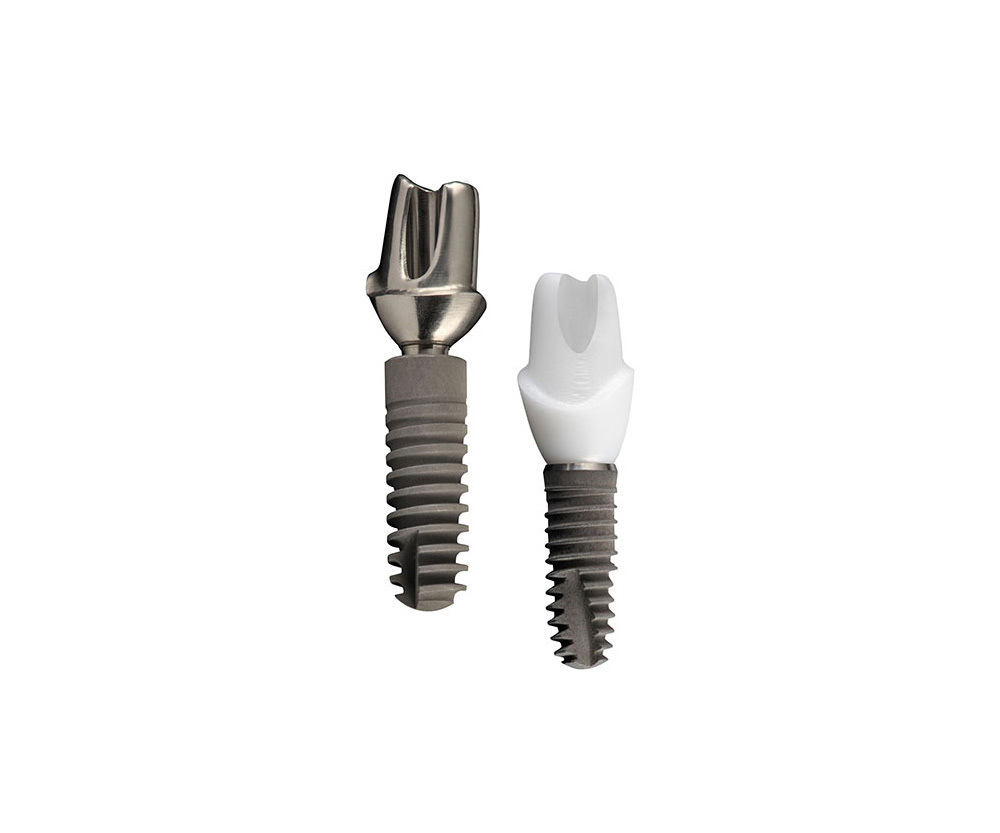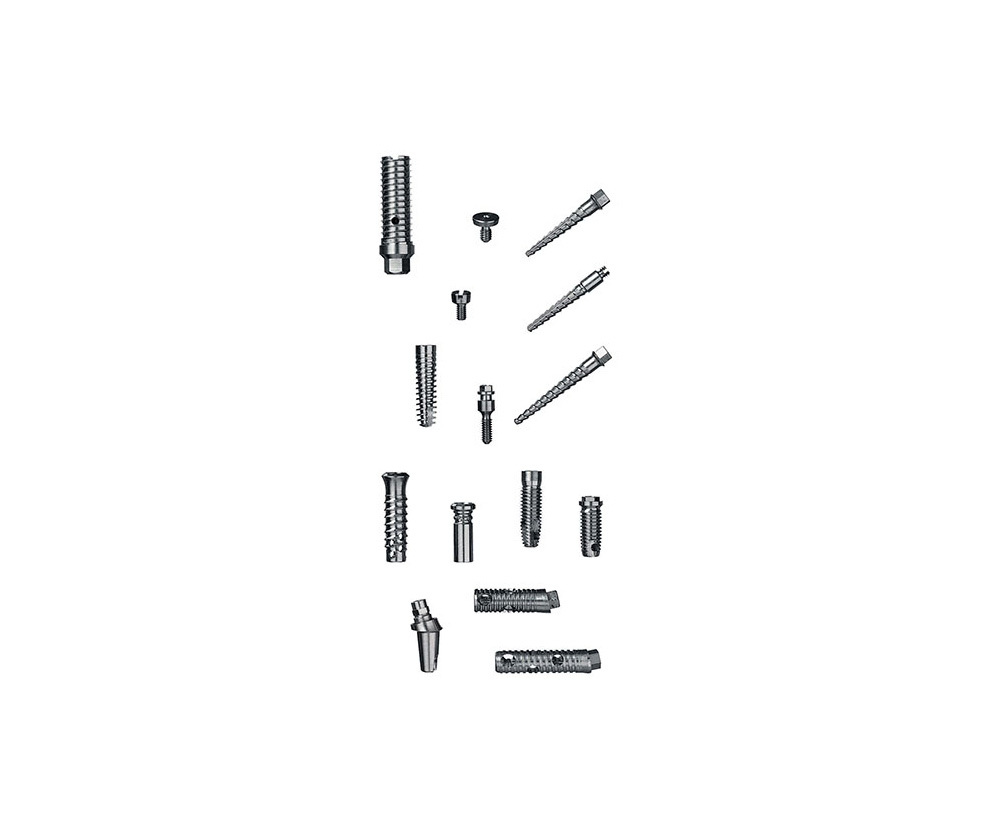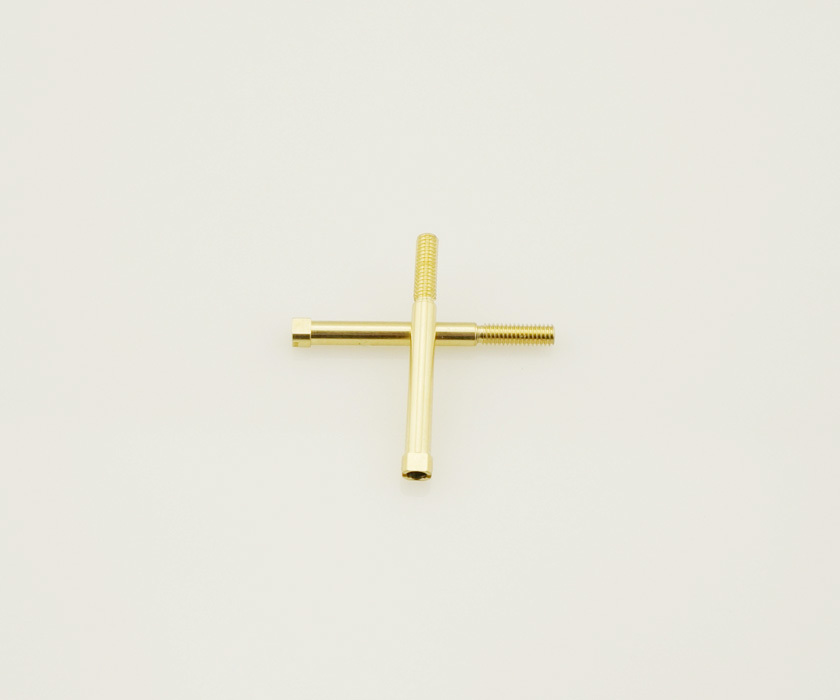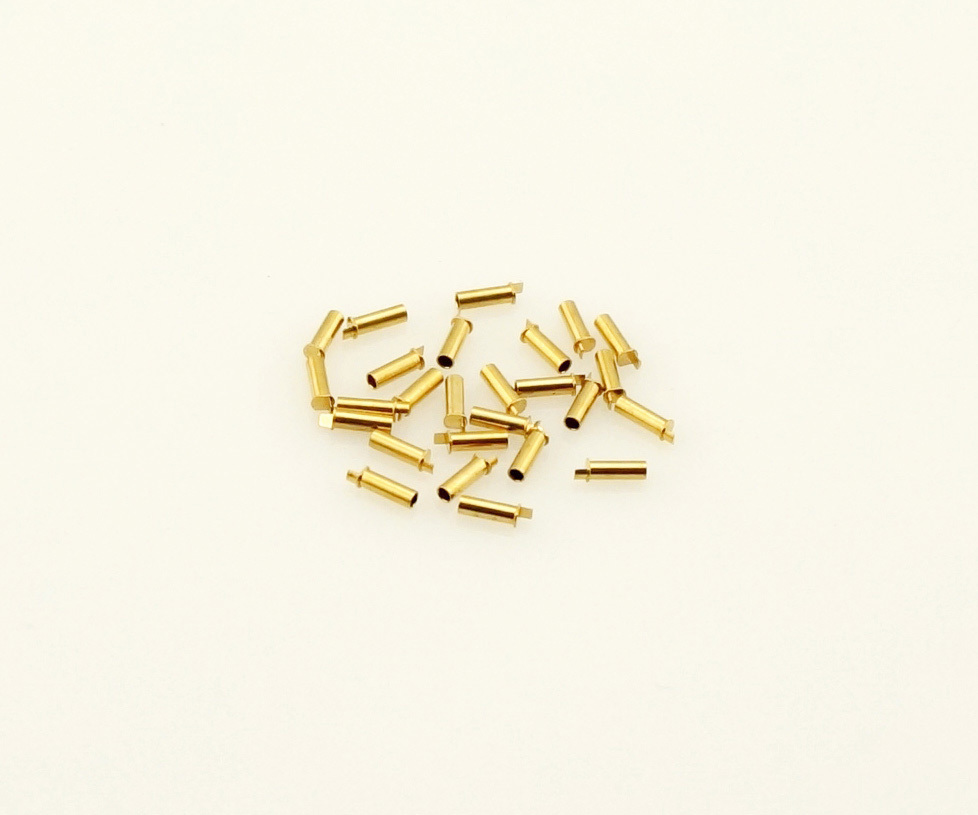
Share
Blind hole probe
Product model:
Still thinking about it? If you want to get a sample first,Please contact us!
Current Product Classification
Keywords
- Product Description
-
Introduction
A blind hole probe is a tool used to detect the relevant parameters of a blind hole (a hole closed at one end). It is mainly used in many fields such as electronics and machinery. Through contact with the inside of the blind hole, the information of the depth, inner diameter, surface roughness, conductivity and other physical characteristics of the blind hole can be obtained.
Structure composition
Probe head: This is a critical part of the contact with the blind hole. It is usually made of materials with high hardness and high conductivity, such as tungsten steel or special alloys. Its shape can be pointed cone, spherical, etc. according to the detection requirements. The pointed conical head can more accurately detect the position of the bottom of the blind hole and determine the depth; the spherical head can reduce the damage to the hole wall when detecting the hole wall, and can also better fit the hole wall for detecting the inner diameter and other parameters.
Rod: The portion connecting the head and tail of the probe generally has a certain length and rigidity. The material is mostly high-strength metal or alloy, such as stainless steel, to ensure that the blind hole in the process of insertion will not occur bending deformation, affecting the measurement accuracy. The diameter of the rod should be designed to be moderate, neither too coarse to affect the insertion of blind holes, nor too fine to lead to insufficient strength.
Tail connection device: Used to connect the probe to the detection equipment (such as measuring instruments, test circuits, etc.). Its interface forms, common BNC interface, SMA interface, etc., to adapt to different detection equipment, to ensure the accurate transmission of signals or data.
Working principle
Depth measurement: When the blind hole probe is inserted into the blind hole, the relative displacement of the probe head and tail is measured by a displacement sensor and other devices, so as to determine the depth of the blind hole. For example, in some automated detection equipment, the linear variable differential transformer (LVDT) connected to the tail of the probe can accurately sense this displacement change and convert it into an electrical signal, which is processed to obtain the value of the depth of the blind hole.
Inner diameter measurement: By installing a plurality of contact sensors on the probe head or rod, when the probe is inserted into the blind hole, these sensors contact with the hole wall, and the inner diameter of the blind hole is calculated according to the distance between the sensors and the feedback signal. It is also possible to use the optical principle to set an optical element on the probe to reflect the light inside the blind hole, and then analyze the hole wall profile through the optical imaging system to determine the inner diameter.
Detection of other parameters: For the surface roughness of blind holes, the probe can use tactile or optical measurement methods. Tactile type is to perceive roughness by the tiny vibration of the probe head when moving on the surface of the hole wall; optical type uses the reflection and scattering characteristics of light to analyze the intensity and angle changes of reflected light to evaluate surface roughness. When detecting conductivity, the probe head is used as an electrode in contact with the blind hole, and the conductivity is judged by detecting electrical parameters such as current and resistance through the connected circuit.
Application areas
Electronic industry: In printed circuit board (PCB) manufacturing, blind vias are used to make electrical connections between different layers. The blind hole probe can detect whether the depth and inner diameter of the blind hole of the PCB meet the design requirements, and the conductivity of the copper layer inside the blind hole, etc., to ensure the electrical performance and reliability of the circuit board. For example, in high-density interconnect (HDI) PCBs, blind vias are small in size and require high precision, and blind vias are a key tool for quality inspection.
mechanical processing industry: In the mold manufacturing process, the accuracy of the blind hole is very important to the performance of the mold. The blind hole probe can measure the dimensional accuracy and surface quality of the blind hole of the mold, such as the cooling channel blind hole in the injection mold. Its dimensional accuracy and surface finish will affect the cooling efficiency and product quality of the mold.
auto parts manufacturing: There are many blind holes on automobile engine blocks and other parts for installing various sensors, bolts, etc. Blind hole probes can be used to detect the dimensional accuracy and quality of these blind holes to ensure the assembly accuracy and performance of parts.
Features
High precision: It can accurately measure various parameters of blind holes, its depth measurement accuracy can reach micron level, and the inner diameter measurement accuracy can also meet the high-precision industrial manufacturing requirements. For example, in some precision machining fields, the inner diameter measurement accuracy can reach ± 0.005mm.
Multi-function: A variety of parameters of the blind hole can be detected at the same time, which reduces the replacement frequency of the detection tool and improves the detection efficiency.
Non-destructive testing: Under reasonable operation, the blind hole probe usually does not cause damage to the blind hole, especially when detecting the blind hole of precision parts. This feature is particularly important to ensure the integrity and quality of the product.
Online consultation
If you are interested in our products, please leave your email, we will contact you as soon as possible, thank you!
Related Products




